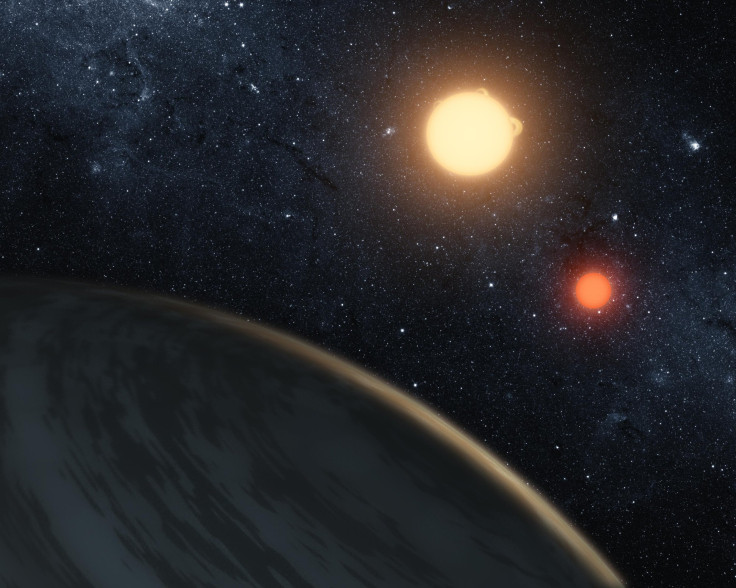NASA Will Try Find ‘Star Wars’ Like Planets In Search For Alien Life

There are only eight planets in our solar system, including Earth, but in the 20 years since humans first detected a planet outside our celestial neighborhood, over 3,400 exoplanets have already been discovered. And given the immense and ever-increasing vastness of the Universe, the number of planets that exist in it is likely to be as innumerable as the number of stars.
Given the sheer number, it is also entirely possible that some of those planets resemble very closely the depictions of other worlds in fiction, such as Hoth, Tatooine or Scarif in the “Star Wars” films. NASA scientists are analyzing the existing data on exoplanets to see if such planets exist with the Milky Way instead of in a galaxy far, far away.
And they have found some interesting things.
The discovery of exoplanet Kepler 16b, a Saturn-sized planet about 200 light-years away, was announced in 2011. It was nicknamed Tatooine because like the fictional planet, it also has two suns. If you were on the planet, you would have two shadows, and each of the daily double sunsets would be unique because the two stars change their relative positions every day.
About half the stars in our galaxy exist in pairs, instead of being solo like our sun, and while Kepler-16b is cold and inhospitable, conditions may be right for life on some other planet in orbit around a dual-star system.
Desert planets like Jakku or Jedha in the “Star Wars” films are easier to spot, with Mars being one of them. While Mars itself is not habitable at present, NASA scientists think other desert planets are probably quite common and some of them are also likely habitable.
Using the Optical Gravitational Lensing Experiment, astronomers found OGLE 2005-BLG-390L, which has been nicknamed Hoth after the icy planet in the movies. The super-Earth was discovered in 2006 and is too cold to support life. However, Jupiter’s moon Europa, another frozen body, may harbor life under its crust and NASA is planning a mission to explore that possibility.
We haven’t been able to find a planet, or even a moon, yet whose surface is covered in liquid ocean. Earth has 70 percent of its surface covered in water, but bodies like Europa and Enceladus are frozen ocean worlds. And we have also observed the glint reflecting off the liquid methane seas on Titan, Saturn’s largest moon. So we don’t have a Kamino or a Scarif yet, but it is entirely possible we find something like them in the not-too-distant future.
NASA provided some more details about “Star Wars” like planets in a statement Friday.
© Copyright IBTimes 2024. All rights reserved.





















